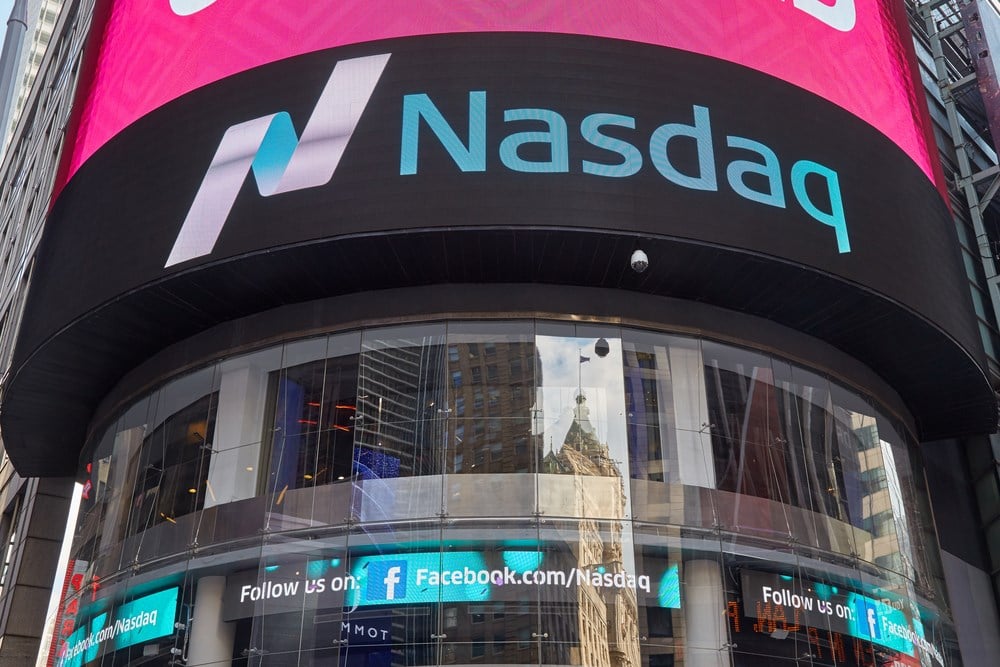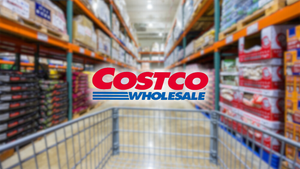
The words ‘Nasdaq’ and ‘dividend’ don’t typically go hand in hand.
It makes sense. The tech-heavy Nasdaq-100 consists largely of cyclical companies that prefer to reinvest profits in growth projects instead of paying them out as dividends. They believe this will generate greater shareholder value in the long run.
For investors in the Invesco QQQ exchange traded fund, income is therefore more of an afterthought. The popular ETF currently offers a 0.6% dividend yield compared to 1.5% for the SPDR S&P 500 ETF (SPY) and 2.0% for the SPDR Dow Jones Industrial Average ETF (DIA).
But not all Nasdaq-100 companies are anti-dividend.
In fact, roughly half give shareholders quarterly cash payouts to complement their potential equity upside. Even faster growing technology companies like Nvidia, Microsoft and Apple pay a dividend. This means that income-focused investors need not dismiss the Nasdaq as a place to find dividend-paying stocks with good growth prospects.
Q: What do crude oil, pharmacies and ketchup have in common?
A: Each is the core business of the Nasdaq-100’s highest-yielding companies.
Which Nasdaq Stock Has the Highest Dividend Yield?
On a trailing 12 months basis, Diamondback Energy, Inc. (NASDAQ: FANG) has the largest yield of any Nasdaq-100 name at 7% — but it comes with an asterisk. The oil and gas producer has a unique dividend structure that includes both an $0.80 base dividend and a variable payment that’s dependent on quarterly free cash flow (FCF).
Its most recent quarterly dividend was $0.83 per share, so only $0.03 was tacked onto the base dividend. However, as part of a commitment to return at least 75% of FCF to shareholders, $332 million worth of stock buybacks delivered additional value that doesn’t show up in the dividend statline.
Earlier this month, Diamondback CEO Travis Stice issued a shareholder letter to supplement the company’s first-quarter earnings report. The letter outlined a plan to decrease the second quarter dividend in an effort to reduce its $7.1 billion debt load and shore up the balance sheet.
The uncertainty associated with Diamondback’s dividend policy makes it tougher for income investors to plan their cash flows. Especially considering how volatile energy prices can be, this can deter some from the stock. But considering the company also boasts the Nasdaq’s highest 5-year dividend growth rate (136%), the dividend volatility may be worth it in the end.
Why Is Walgreens’ Dividend So Appealing?
At 6.1%, Walgreens Boots Alliance Inc. (NASDAQ: WBA) has the second highest trailing yield in the Nasdaq — and a more traditional dividend schedule. The drugstore chain’s latest quarterly dividend of $0.48 per share also equates to an identical 6.1% forward yield that is more than three times that of the average consumer staples sector stock.
Lately, Walgreens' profits have looked ill — mainly because of lower Covid vaccine and test volumes. But this hasn’t prevented management from maintaining its stellar dividend track record. The company has paid a dividend in every quarter since 1933. It has increased its dividend for 47 straight years, putting it on the verge of becoming a Dividend King — an honor less than 50 companies can claim.
The pace of dividend growth has slowed from pre-pandemic levels. After raising its dividend by around 8% in both 2018 and 2019, last year’s increase was only 2%. And yes, the balance sheet isn’t debt-free as it once was.
But more importantly, in a challenging operating environment, Walgreens is keeping up its promise to reward shareholders with rising dividends — and is expected to return to profit growth in fiscal 2024. Based on Wall Street’s forecast for FY24 earnings, the stock’s 6x forward P/E ratio and dividend growth profile may make it a worthwhile recovery play.
Will Kraft Heinz Increase Its Dividend?
Kraft Heinz Co. (NASDAQ: KHC) goes ex-dividend on June 5th, meaning investors have until that date to own the stock if they wish to receive the next quarterly payout. The scheduled $0.40 per share dividend translates to a 4.1% forward yield, the third highest yield available in the Nasdaq-100.
What Kraft Heinz lacks in dividend growth, it makes up for in consistency. As the company behind Ore-Ida, Oscar Mayer, Maxwell House and 20 other globally recognized food brands, it generates steady cash flow throughout the economic cycle. And with approximately half of its projected earnings slated for dividends, there is ample room for future dividend increases.
In the meantime, management remains focused on reducing debt. A decade removed from the Berkshire Hathaway-led merger of Kraft and Heinz, the company’s leverage ratios are much improved — but its dividend coverage ratios are among the lowest in the Nasdaq.
If Kraft Heinz can turn back the clock to 2018 when it grew its dividend to $2.50, an even more appetizing dividend yield could attract 57 varieties of investors — not just lead shareholder Warren Buffett.





